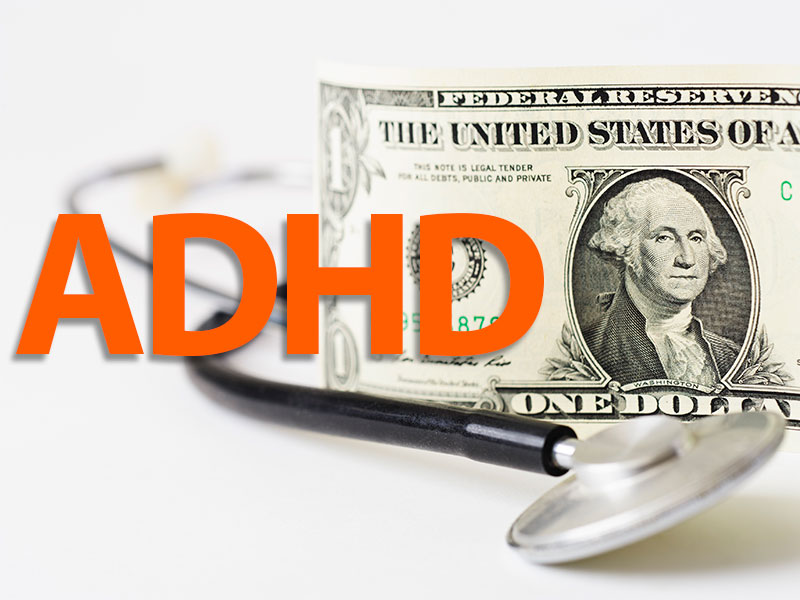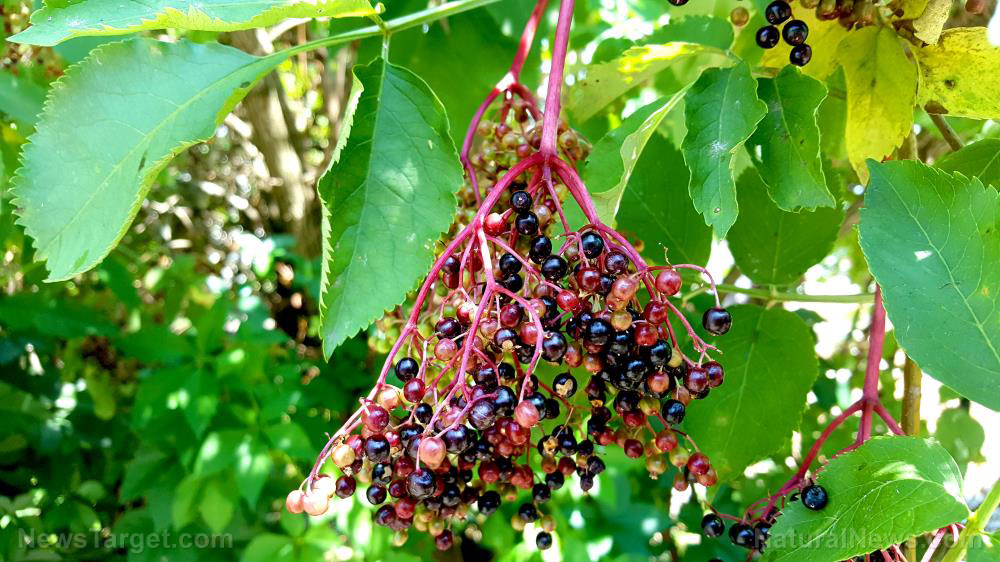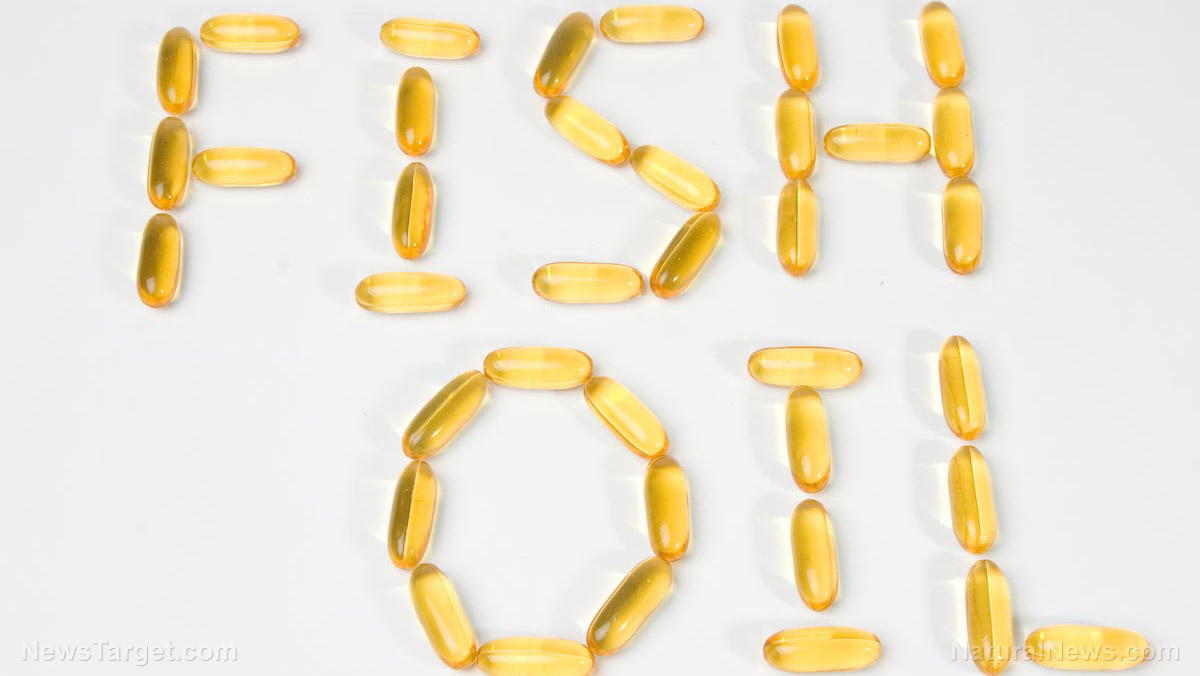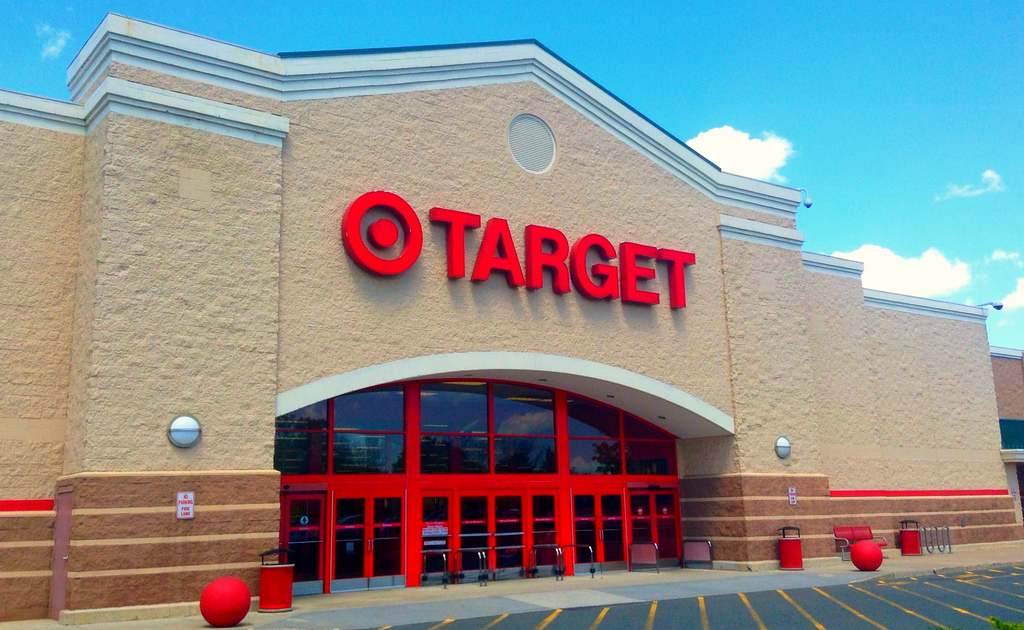An eye-opening prescription: How your diet can fortify vision in a digital world
11/24/2025 / By Ava Grace

- Lutein and zeaxanthin are crucial for eye health, acting as “internal sunglasses” that accumulate in the macula to filter harmful blue light and protect against digital strain and oxidative stress.
- These nutrients provide immediate functional benefits, such as sharpening visual contrast, reducing glare discomfort and speeding up recovery from bright light exposure.
- A diet rich in these carotenoids significantly reduces the risk of serious disease, with studies showing up to a 40% lower risk of developing advanced age-related macular degeneration.
- Key dietary sources include dark leafy greens (like kale and spinach) and other colorful vegetables, such as broccoli, orange peppers and egg yolks, emphasizing the need to “eat the rainbow.”
- A consistent, long-term dietary strategy is essential for building up the eye’s protective pigment, which can be complemented with targeted supplements for those at higher risk, alongside regular eye exams.
In an era where screens dominate both work and leisure, a relentless assault of blue light and digital strain is compromising eyesight for millions. The battle to limit screen time is often lost, but emerging research suggests a powerful, accessible defense may lie not in digital detoxes, but on our dinner plates. A compelling body of scientific evidence, including a recent analysis from the University of Georgia, indicates that specific nutrients found in common foods can significantly enhance visual function, protect against long-term degenerative disease and even extend how far and how clearly we see.
The modern understanding of ocular nutrition has evolved, pinpointing a class of plant-based pigments known as carotenoids as the true heroes for eye health. The most critical of these for vision are lutein and zeaxanthin, which act as the body’s internal sunglasses, shielding the delicate tissues of the eye from the very light stresses exacerbated by our digital lifestyles.
The recent research review from the University of Georgia, published in Exercise and Sport Sciences Reviews, consolidates findings from numerous studies. It concludes that lutein and zeaxanthin accumulate in the retina, specifically in the macula—the central region responsible for sharp, detailed vision. This buildup forms a protective yellow pigment layer that functions as a natural blue-light filter. For athletes, this translates to a measurable improvement in visual range, the ability to see a target clearly over a distance, such as a baseball against a bright sky.
For the average person, this enhanced macular pigment density improves vision in three key ways:
- It sharpens chromatic contrast, making objects appear less blurry and more defined.
- It decreases glare discomfort, reducing the strain caused by bright surroundings.
- It accelerates recovery from photostress, the temporary blindness experienced after exposure to a sudden bright light, like a phone screen in a dark room.
“Lutein and zeaxanthin are dietary carotenoids that accumulate in the macula, the part of the retina responsible for sharp, central vision,” BrightU.AI‘s Enoch noted. “There, they form the macular pigment, which acts as an internal pair of sunglasses by filtering harmful high-energy blue light. This protective action helps to shield the underlying photoreceptor cells from light-induced damage, thereby improving and preserving visual acuity.”
The implications of this research are profound, but they are not entirely new. The connection between diet and long-term eye health has been established in large-scale, rigorous studies. A major prospective cohort study published in the Journal of the American Medical Association (JAMA), which followed over 100,000 participants from the Nurses’ Health Study and the Health Professionals Follow-up Study, delivered a staggering finding.
That research demonstrated that individuals who consumed the most foods rich in lutein and zeaxanthin had a 40% lower risk of developing advanced age-related macular degeneration (AMD) compared to those who consumed the least. AMD is a leading cause of severe, irreversible vision loss in older adults. Other related carotenoids, including beta-carotene, were also associated with a 25% to 35% risk reduction.
From lab to kitchen
The strategy is simple: eat the rainbow, with a strong emphasis on greens and yellows. Foods exceptionally high in lutein and zeaxanthin include dark leafy greens like kale, spinach and collard greens. Other excellent sources are green peas, broccoli, Brussels sprouts and romaine lettuce.
Beyond the expected greens, a wider array of foods contributes to this ocular armor. Orange peppers, kiwi fruit, grapes, summer squash and even egg yolks are valuable sources. While carrots, rich in beta-carotene, remain beneficial, the evidence makes a compelling case for diversifying vegetable intake beyond the orange root.
The National Eye Institute (NEI) brought the power of nutrients into the clinical spotlight years ago with its groundbreaking Age-Related Eye Disease Study (AREDS). That research demonstrated that a specific high-dose formulation of antioxidants and zinc could slow the progression of dry macular degeneration. The NEI’s formula included vitamin C, vitamin E, beta-carotene, zinc and copper.
This landmark study legitimized the role of nutritional intervention in ophthalmology and paved the way for deeper investigation into more specialized nutrients like lutein and zeaxanthin. It underscored that while a balanced diet is foundational, targeted, therapeutic-level supplementation can play a critical role in managing eye disease.
For those seeking to proactively protect their vision, a multi-pronged approach is recommended. First, consciously incorporating several servings of lutein-rich greens and colorful vegetables into your daily diet is the most sustainable strategy. For individuals concerned about their intake or at higher risk for AMD, a supplement containing lutein and zeaxanthin can provide a more targeted, concentrated dose.
It is crucial to remember that these dietary changes are not a quick fix. The body accumulates these pigments over time and individual absorption rates vary. Consistency is key. Furthermore, these dietary efforts should complement, not replace, regular comprehensive eye examinations, which are essential for detecting issues that diet alone cannot solve.
Watch and discover natural treatments for maintaining good eye health.
This video is from the Holistic Herbalist channel on Brighteon.com.
Sources include:
Submit a correction >>
Tagged Under:
#nutrition, alternative medicine, antioxidants, carotenoids, eye health, eyes, filter blue light, internal sunglasses, lutein, natural health, natural medicine, Naturopathy, nutrients, ocular nutrition, oxidative stress, phytonutrients, prevention, remedies, research, tips, zeaxanthin
This article may contain statements that reflect the opinion of the author




















